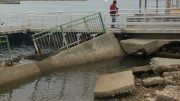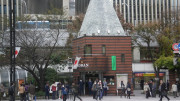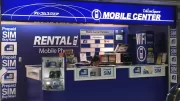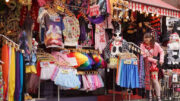There are a few things you may want to know when travelling to Japan, especially if you plan to bring some of your electronic gadgets or purchase the latest in electronics from Japan’s high-tech districts.
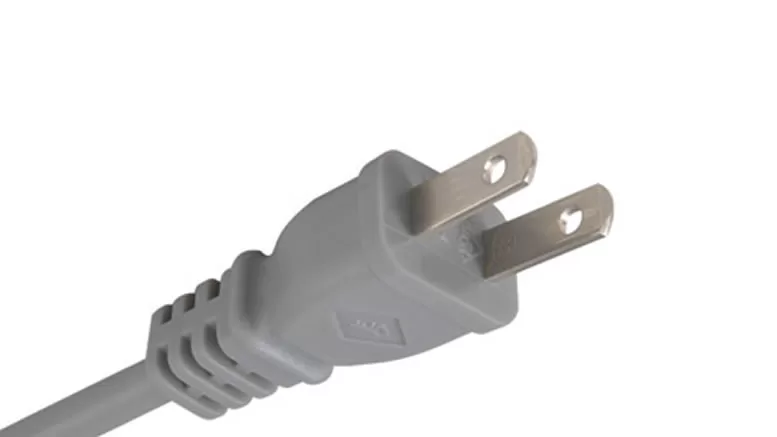
The Japanese electrical plug and socket look very similar to the US plug and socket, with two parallel flat pins. However, slight design differences may mean that a US plug will be a tight fit in a Japanese socket. Fortunately, many travel adaptors accommodate such manufacturing tolerances.
Japan’s power standard is 100V, which is lower than the 120V at 60Hz used in North America and significantly lower than the 230-240V at 50Hz used in Australia, Europe, and many other regions. Japan also has a split frequency system: Eastern Japan, including Tokyo, operates at 50Hz, while Western Japan, including Osaka and Kyoto, uses 60Hz.
If you are travelling from a country that uses 240V at 50Hz, check the power rating on your electronic devices. Many modern gadgets, such as laptop chargers and camera power supplies, are dual voltage (100-240V) and will work in Japan without an adaptor beyond a plug converter. However, single-voltage appliances like some hair dryers and electric shavers may require a step-down transformer to function safely. Be sure to check the voltage label before use. Some devices have a manual voltage selector switch on them to make them compatible to both 110v and 240v standards. If you do have to manually switch over one of your own device’s power selector switch, be sure to switch them back to your countries standard when you return home before plugging them in.
While power compatibility may not be a major issue if you’re from a country that uses 100 to 110V power or if you’re buying battery-operated equipment, a more significant concern is FM radio compatibility. Japan is the only country where the FM band ranges from 76-90 MHz, whereas the rest of the world uses 87.5-108 MHz. This means that if you buy a radio designed for the Japanese market, you may not be able to receive most of your local stations back home. Additionally, Japan has adopted ISDB-Tsb as its digital radio standard, which is unique to Japan, rendering Japanese digital radio receivers useless in other countries.
Japan’s analogue TV system was similar to NTSC, the format used across North America. While a video cassette from Japan may be playable in an American VCR, purchasing a Japanese TV, VCR, or game system for use at home may present compatibility issues due to slight variations in the NTSC format. Japan fully transitioned to digital TV in early 2012, adopting the ISDB system, which is also used in South America. However, we do not recommend purchasing a Japanese set-top box, even if your country uses ISDB. Similarly, buying DVDs in Japan is not advisable unless you own a region-free DVD player.

